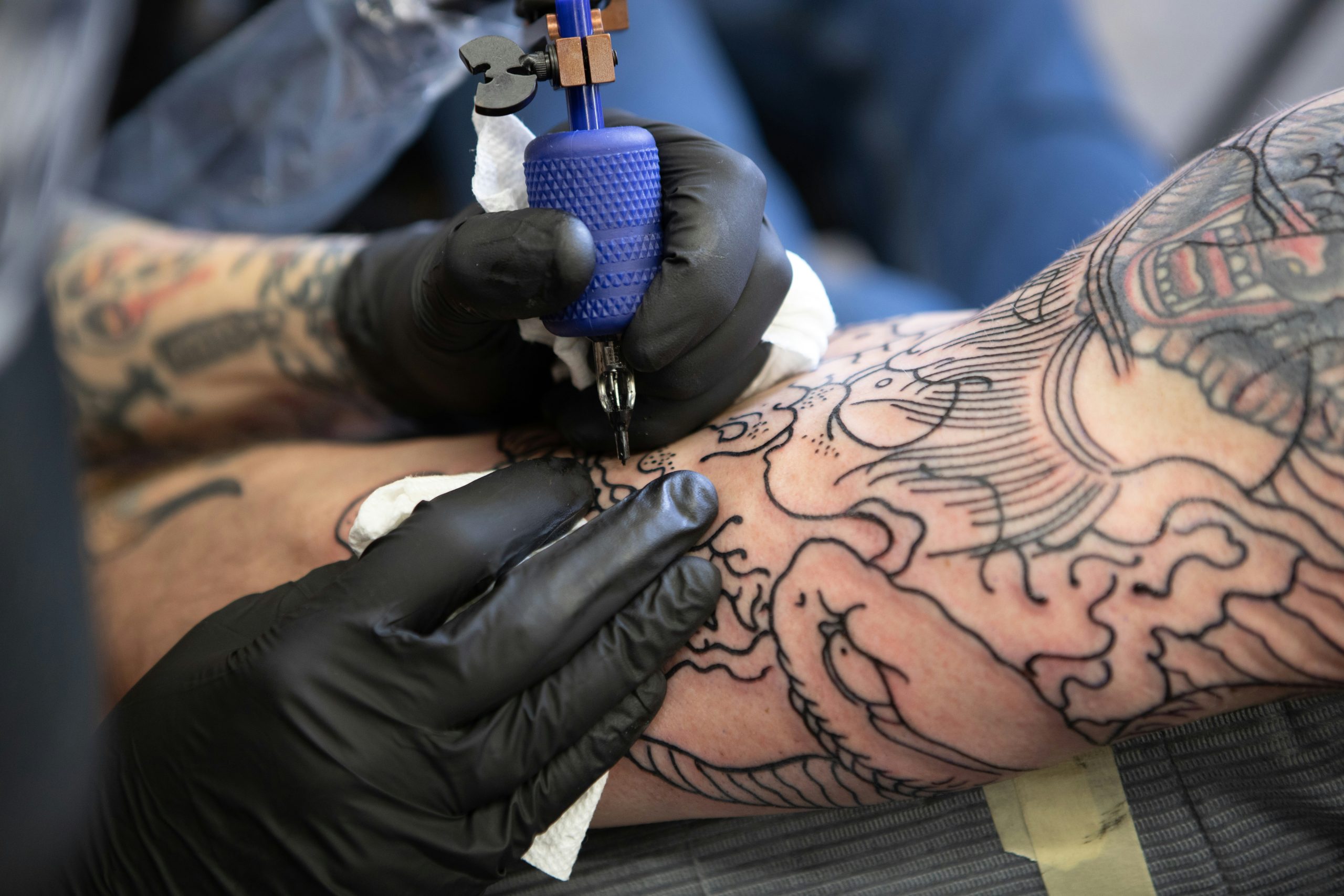Tattoos have long been a form of personal expression, but as trends and personal tastes change, an increasing number of people are seeking ways to remove their once-loved body art. While the reasons for tattoo removal vary widely, one common concern is the cost associated with the procedure. Understanding the factors that influence the cost of tattoo removal can help individuals make informed decisions about whether to proceed and how to budget for the process. Here are five major factors that influence the cost of tattoo removal:
1. Size and Complexity of the Tattoo
One of the primary factors influencing the cost of tattoo removal in Melbourne is the size and complexity of the tattoo. Larger tattoos require more time and resources to remove, which translates to higher costs. Similarly, tattoos with intricate designs, multiple colors, or dense ink can be more challenging to remove than simpler, single-color tattoos. The increased difficulty often requires more sessions, specialized equipment, and expertise, all of which contribute to the overall cost.
Size Matters
The size of the tattoo is often measured in square inches, and larger tattoos can take significantly longer to treat. A small tattoo might only require a few minutes per session, while a larger piece could take an hour or more. Each session adds to the total cost, so individuals with larger tattoos should be prepared for higher expenses.
Complexity and Color
Tattoos with multiple colors or intricate designs can be more difficult to remove because different ink colors require different laser wavelengths for effective treatment. Multi-colored tattoos often necessitate the use of several types of lasers, increasing the complexity and cost of the procedure. Darker inks like black and blue are generally easier to remove, while lighter colors like yellow and green can be more stubborn and may require additional sessions.
2. Location on the Body
The location of the tattoo on the body can also impact the cost of removal. Some areas of the body are more sensitive or have thinner skin, making the removal process more challenging and potentially more painful. These factors can influence the number of sessions required and the type of anesthesia or pain management needed, both of which can affect the overall cost.
Sensitive Areas
Tattoos located on sensitive areas such as the ribs, neck, and face may require more specialized care and attention during the removal process. These areas can be more painful to treat, so additional pain management measures might be necessary, increasing the cost. Additionally, tattoos in these locations may be more prone to complications, requiring more follow-up care and potentially more sessions to achieve the desired results.
Skin Thickness
The thickness of the skin in the tattooed area can also impact the removal process. Areas with thicker skin, such as the back or thighs, may require more laser energy to penetrate the ink, potentially increasing the number of sessions needed. Conversely, areas with thinner skin, like the wrists or ankles, may be more delicate and require a gentler approach, which can also affect the cost.
3. Age of the Tattoo
The age of the tattoo is another significant factor in determining the cost of removal. Older tattoos are often easier to remove than newer ones because the ink has had more time to break down and fade naturally. This means that older tattoos may require fewer sessions and less intense laser treatments, reducing the overall cost.
Fading Over Time
As tattoos age, the body’s immune system gradually works to break down and absorb the ink particles. This natural fading process can make older tattoos more responsive to laser treatments, as the ink is already partially broken down. As a result, fewer sessions may be needed to achieve satisfactory removal, leading to lower costs.
Fresh Ink Challenges
Newer tattoos, on the other hand, tend to have more vibrant and concentrated ink, which can be more difficult to remove. The ink particles are larger and more resistant to breaking down, requiring more intense and frequent laser treatments. This increased difficulty can result in higher costs for the removal process.
4. Type of Laser Technology
The type of laser technology used for tattoo removal can significantly impact the cost. Different lasers are designed to target specific ink colors and skin types, and the choice of laser can affect the efficiency and effectiveness of the treatment. Advanced laser technologies, such as picosecond lasers, are often more expensive but can provide faster and more effective results.
Picosecond vs. Nanosecond Lasers
Picosecond lasers, which emit laser pulses in trillionths of a second, are known for their ability to break down ink particles more effectively and with less damage to the surrounding skin. This can result in fewer sessions and a lower risk of side effects, but the advanced technology and equipment often come at a higher cost. Nanosecond lasers, which emit pulses in billionths of a second, are more commonly used and can be effective for many tattoos, but they may require more sessions to achieve the same results.
Specialized Equipment
The availability and use of specialized laser equipment can also influence the cost of tattoo removal. Clinics that invest in the latest technology and offer a range of laser options may charge higher fees to cover the costs of equipment and maintenance. However, the investment in advanced technology can lead to more efficient and effective treatments, potentially reducing the overall number of sessions needed and thus the total cost.
5. Practitioner’s Expertise and Location
The expertise and experience of the practitioner performing the tattoo removal can also influence the cost. Highly skilled practitioners with extensive experience in tattoo removal may charge higher fees for their services. Additionally, the location of the clinic can impact the cost, with clinics in urban areas or regions with higher living costs typically charging more for treatments.
Expertise and Training
Practitioners with advanced training and certifications in laser tattoo removal are likely to charge higher fees due to their specialized knowledge and skills. Their expertise can lead to more accurate and effective treatments, reducing the risk of complications and the need for additional sessions. Patients may find that the higher cost is justified by the quality of care and results achieved.
Geographic Location
The cost of tattoo removal can vary significantly based on geographic location. Clinics in major cities or areas with higher living expenses may charge more for their services to cover overhead costs. Conversely, clinics in smaller towns or regions with lower living costs may offer more affordable rates. It’s important for individuals to research and compare prices in their area to find a clinic that offers a balance of quality and affordability.
Conclusion
Tattoo removal is a complex process influenced by various factors, each contributing to the overall cost. Understanding these factors can help individuals make informed decisions and plan their budget accordingly. From the size and complexity of the tattoo to the expertise of the practitioner, each element plays a crucial role in determining the cost of achieving a clean slate. By considering these factors, individuals can better navigate the tattoo removal process and achieve their desired outcomes.


